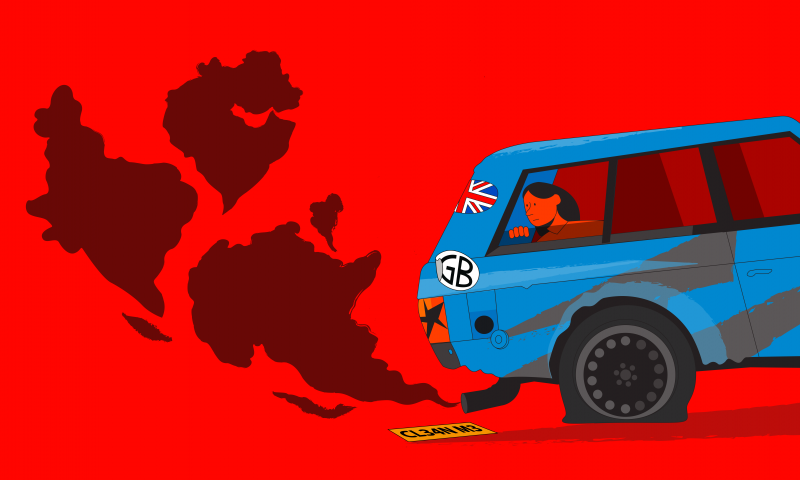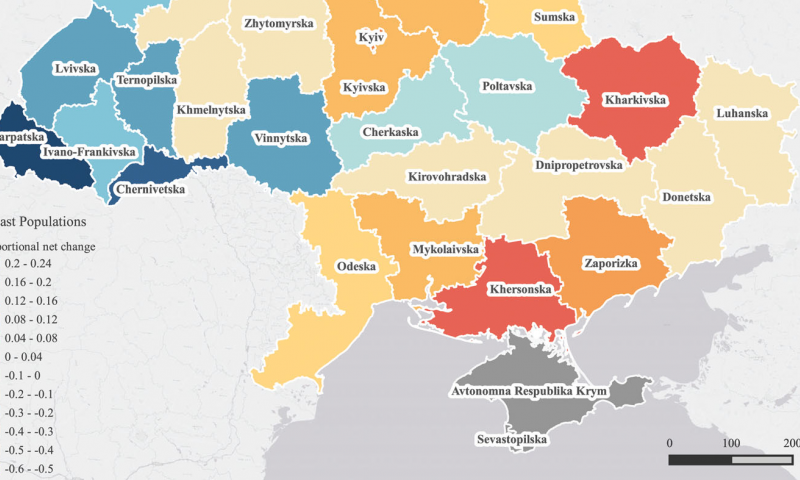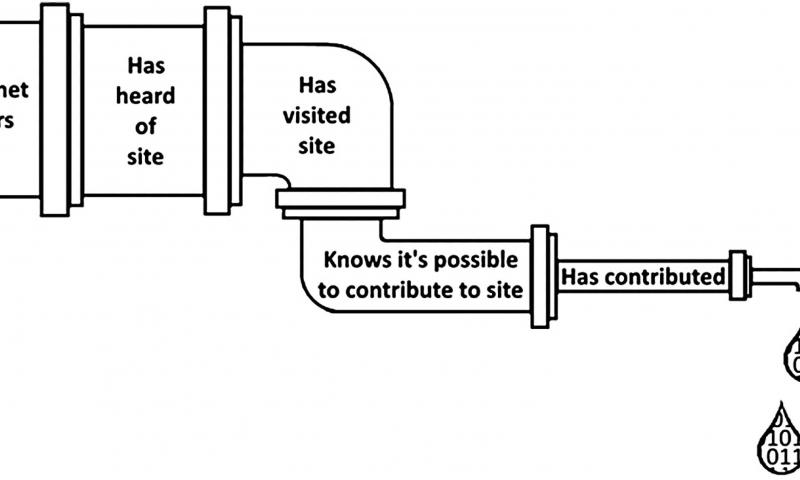
Study shows UK offshores emissions through used vehicle exports
A new study by researchers at the Leverhulme Centre for Demographic Science reveals that used vehicles sent from Great Britain to lower-income countries fail British roadworthiness standards, are more polluting and less fuel efficient than those sent to be scrapped.




